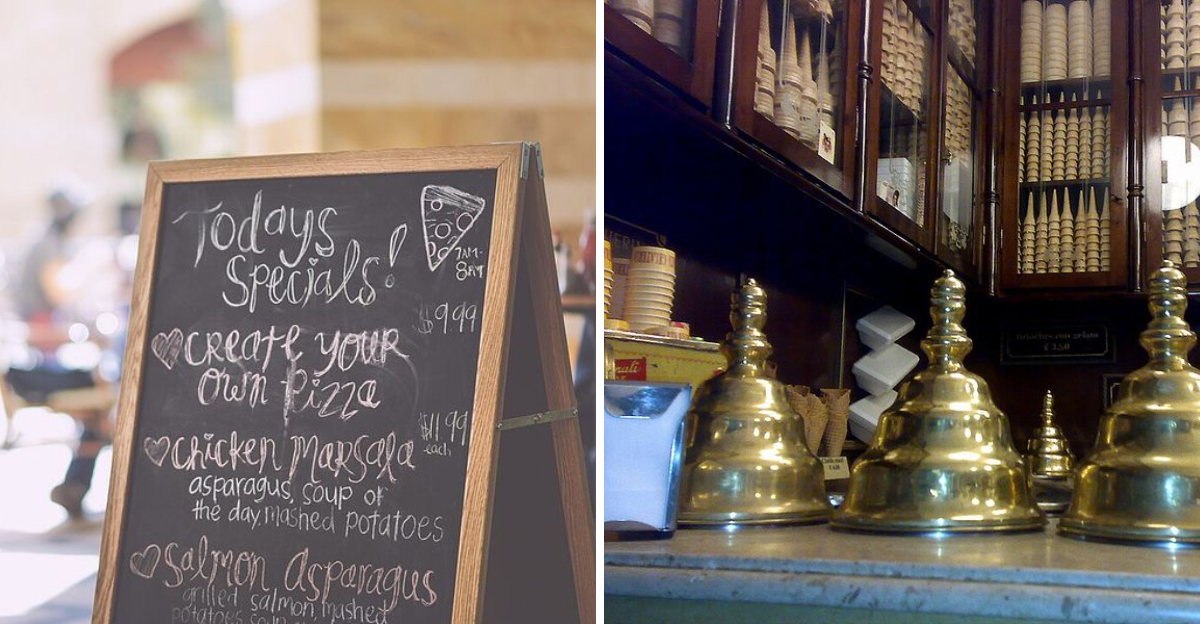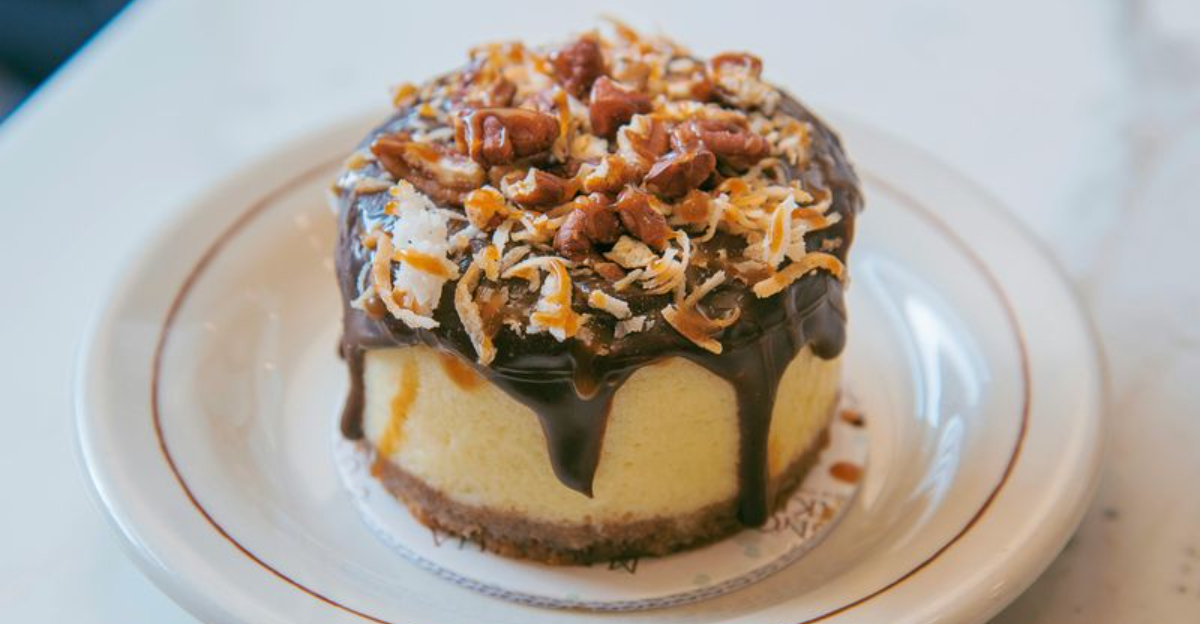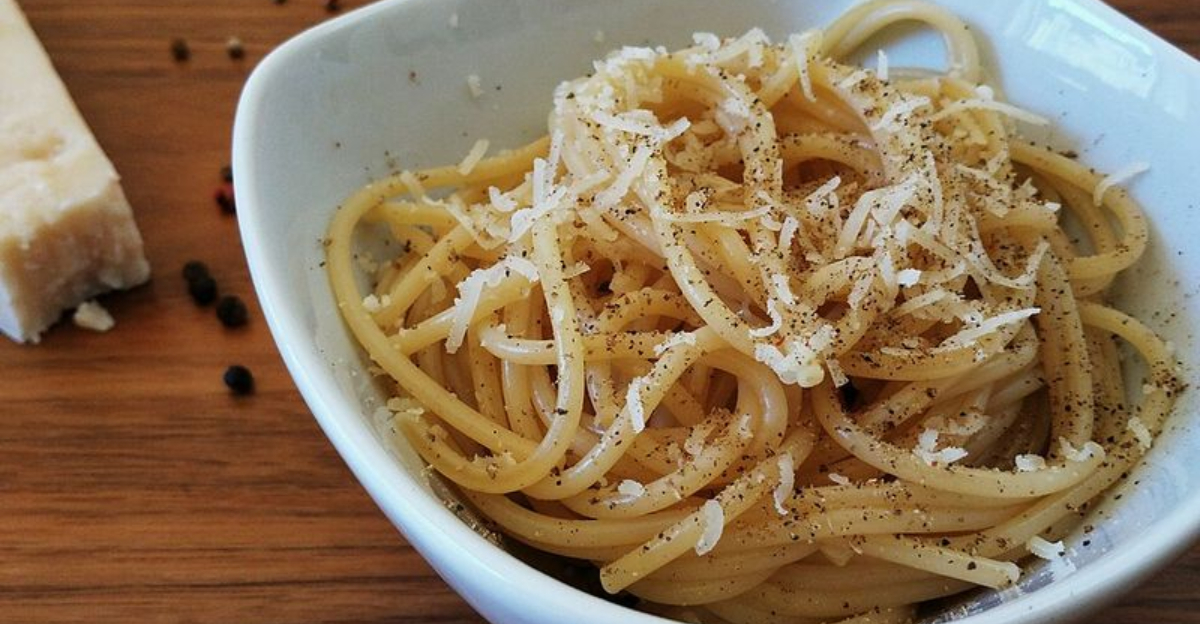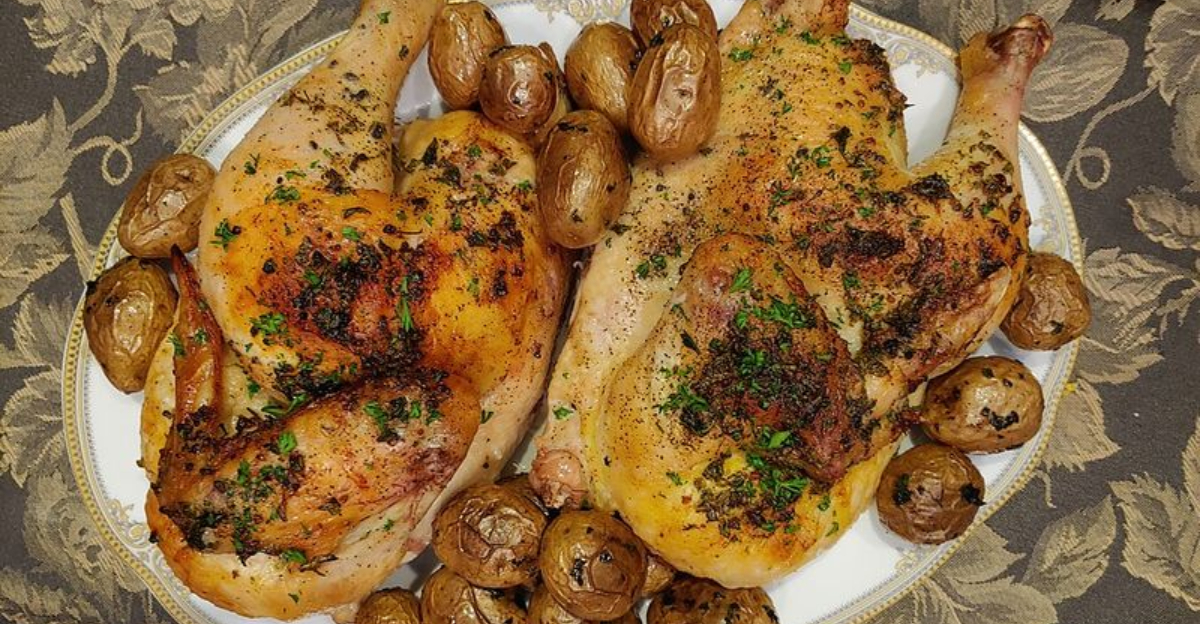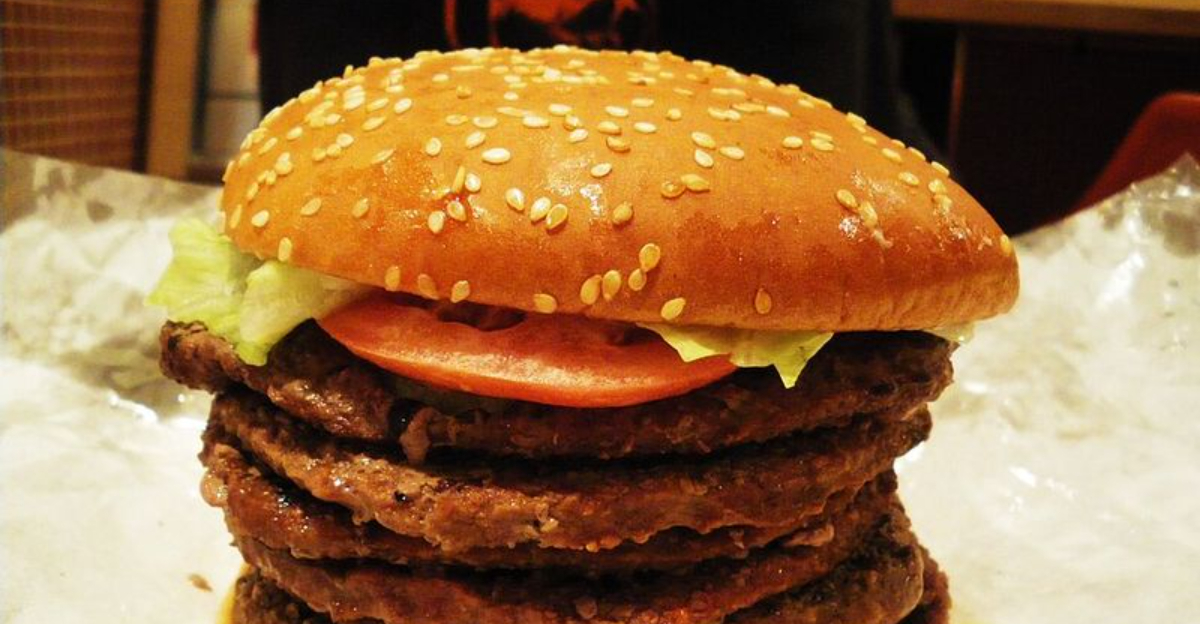17 Common Baking Errors That Can Ruin A Perfect Recipe
Baking can feel like magic when everything comes together perfectly – fluffy cakes, golden cookies, and bread that rises just right.
But one small mistake can turn your masterpiece into a disaster faster than you can say “burnt bottom.”
1. Using Cold Ingredients
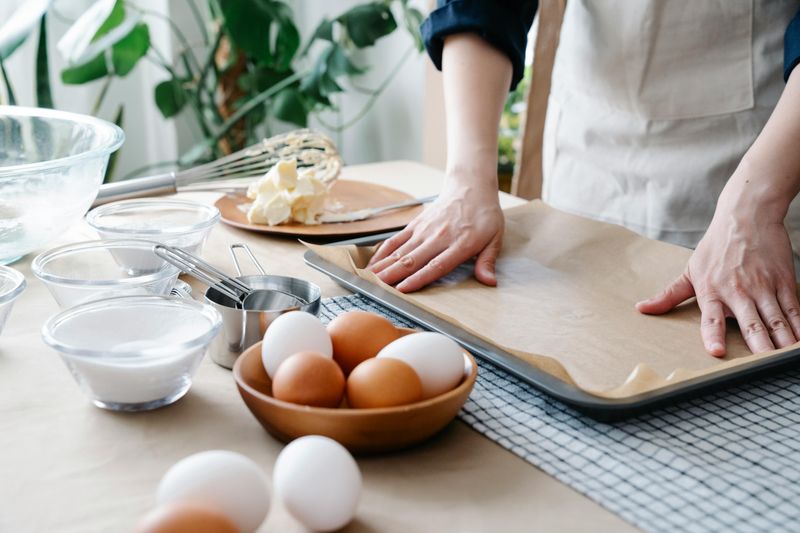
Ever wonder why your cake batter looks lumpy and refuses to blend smoothly? Cold ingredients don’t mix well together, creating pockets of unmixed butter or eggs that mess up your texture.
Room temperature ingredients combine more easily, creating that silky, uniform batter bakers dream about. Pull out your butter and eggs about an hour before you start baking for best results.
2. Overmixing The Batter
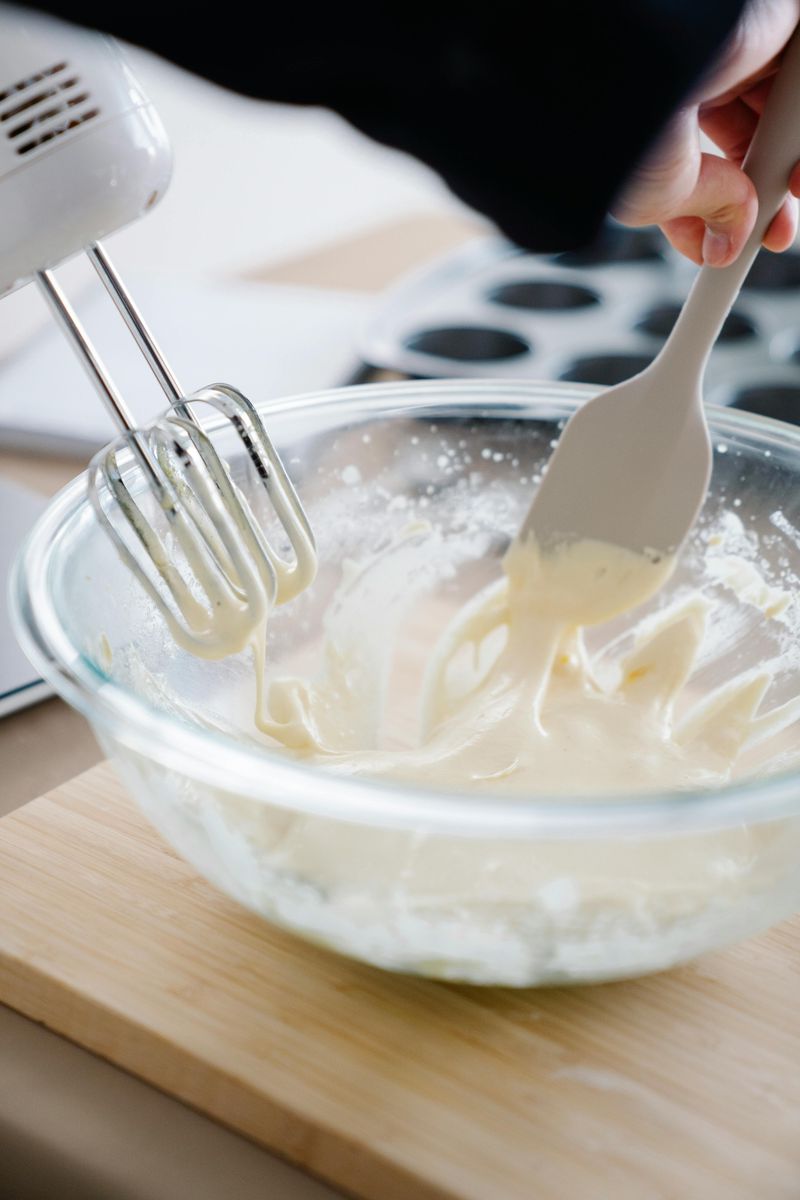
Your arm might be getting a workout, but your batter is getting tough. When you mix too much, you activate gluten proteins that make cakes dense and chewy instead of light and tender.
Mix just until the ingredients come together – a few lumps are totally fine! Think of it like this: the moment you stop seeing dry flour, put down that spoon.
3. Measuring Flour Incorrectly
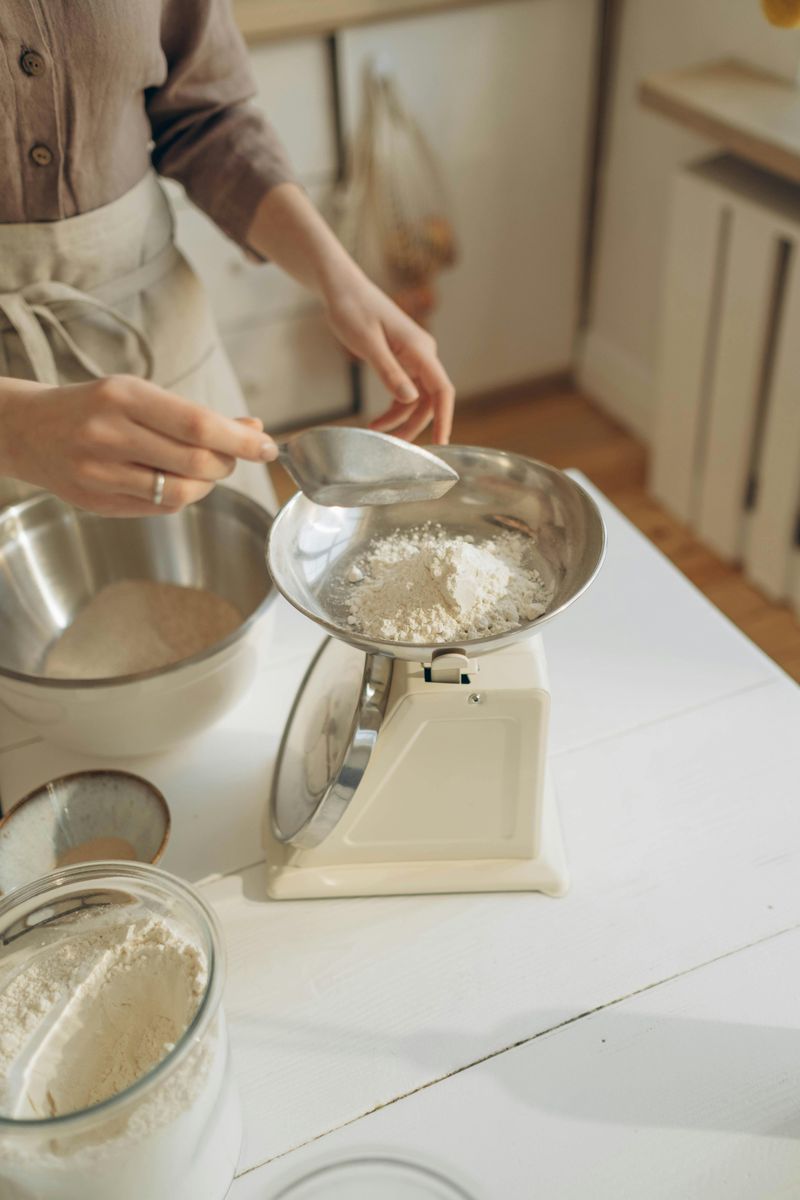
Scooping flour straight from the bag packs way too much into your cup – sometimes up to 25% more than needed. That extra flour creates dry, crumbly baked goods that taste like sawdust.
Instead, spoon flour into your measuring cup and level it off with a knife. Better yet, use a kitchen scale for precision that’ll make you feel like a professional baker.
4. Ignoring Ingredient Temperatures
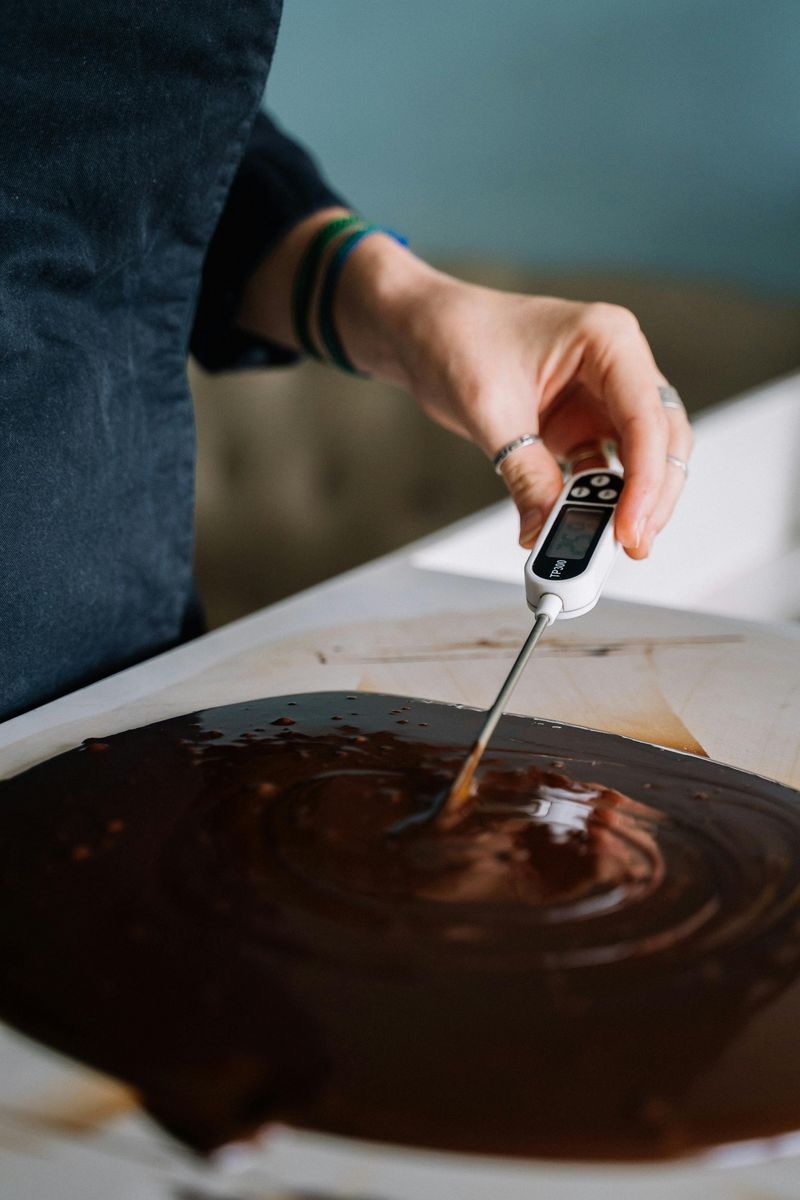
Recipes call for specific temperatures for good reason – it’s not just fancy chef talk. Butter that’s too soft becomes greasy; eggs that are too cold won’t emulsify properly.
Most recipes want ingredients at 65-70°F, which helps everything blend beautifully. Touch your butter – it should give slightly but still hold its shape, like pressing on your palm.
5. Skipping The Sift

Yeah, sifting feels like an extra step when you’re excited to get baking.
But those lumps of flour, cocoa powder, or baking soda won’t magically disappear in your batter – they’ll create weird pockets in your finished product.
Sifting also adds air to your dry ingredients, making lighter, fluffier treats. Five minutes of sifting beats biting into a flour bomb any day.
6. Opening The Oven Door Too Often
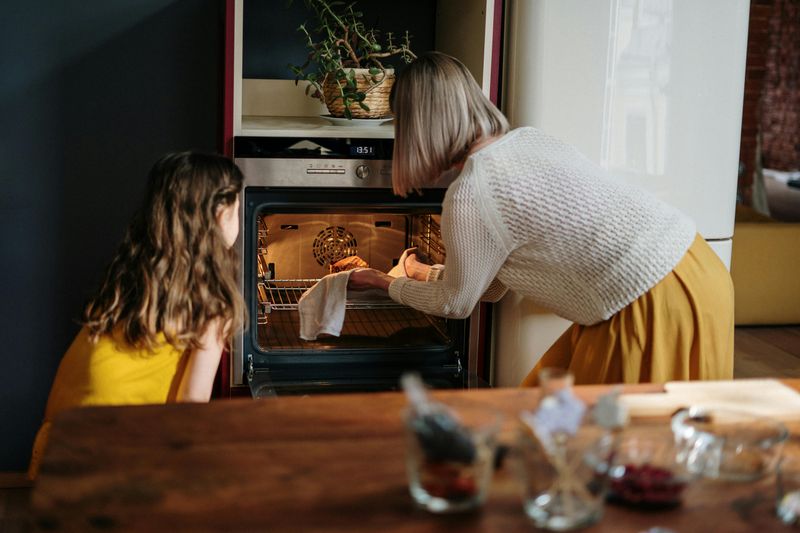
We get it – you want to check on your creation like a proud parent. But every time you crack that door open, the temperature drops by 25 degrees or more, causing cakes to sink and cookies to spread weirdly.
Trust the process and use your oven light instead. Your baked goods need consistent heat to rise properly and develop that perfect golden color.
7. Not Preheating The Oven

Tossing your pan into a cold oven is like jumping into a pool without checking if there’s water—things won’t go as planned.
Your baked goods need immediate, consistent heat to activate leavening agents and set their structure.
Give your oven at least 15-20 minutes to reach the right temperature. Those few extra minutes of waiting will save your recipe from disaster.
8. Using Expired Leavening Agents
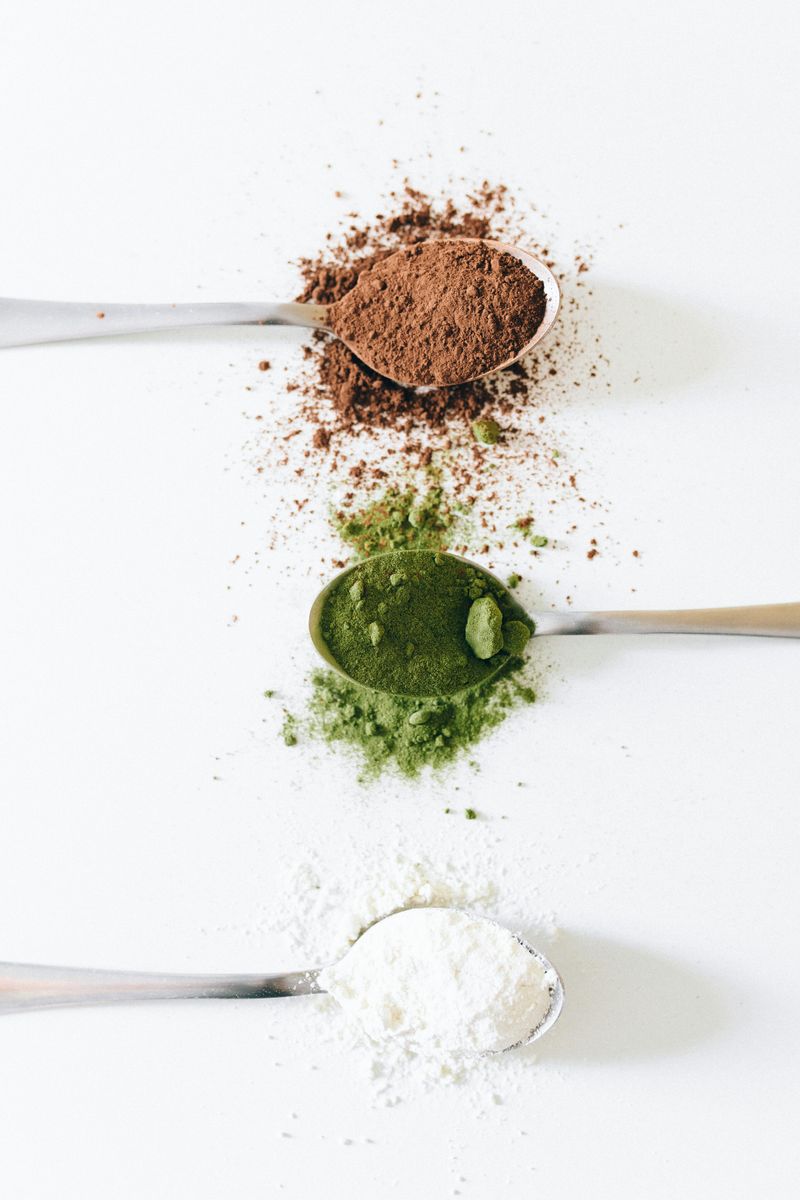
Baking powder and baking soda don’t last forever, even though they sit in your pantry looking innocent. After about six months, they lose their oomph and won’t create the rise your recipe needs.
Test your baking powder by dropping a spoonful in hot water – if it doesn’t fizz enthusiastically, toss it. Flat leavening agents equal flat, disappointing treats every single time.
9. Substituting Ingredients Improperly
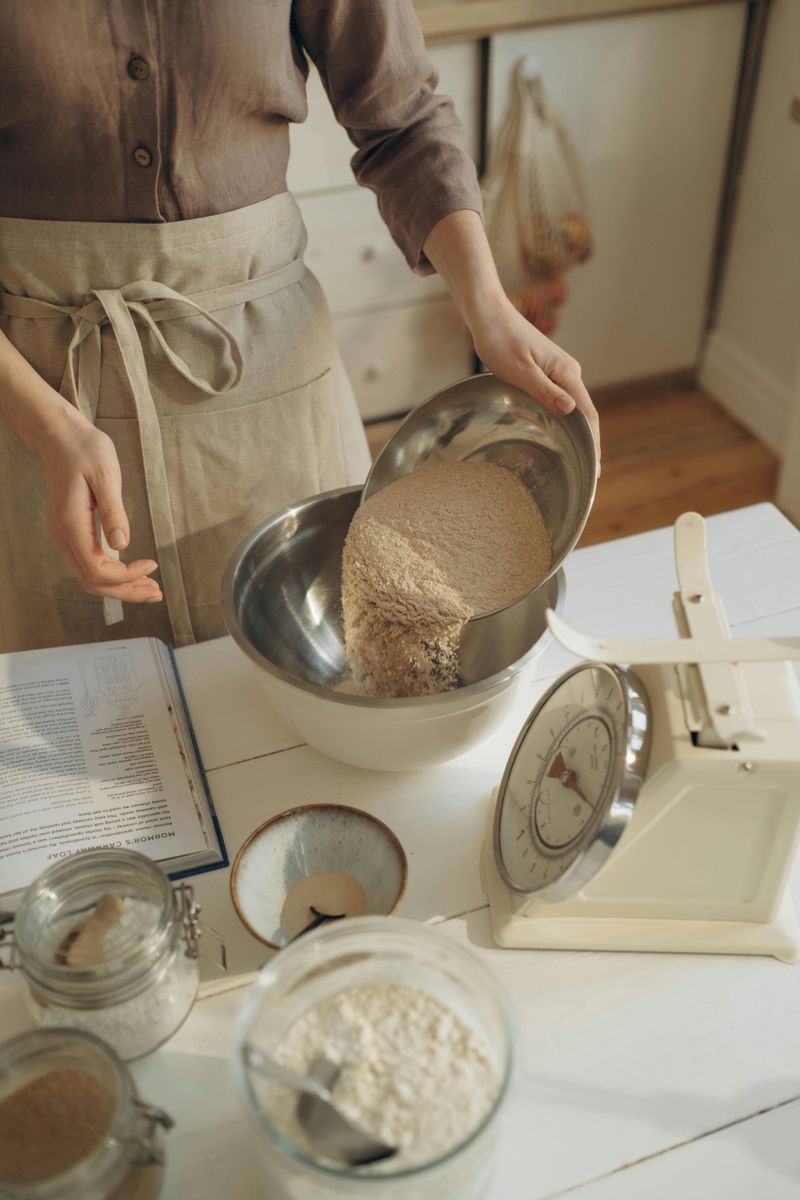
Swapping ingredients sounds creative until your cookies spread into one giant pancake or your cake refuses to rise. Baking is chemistry, and each ingredient plays a specific role you can’t just ignore.
Oil and butter behave differently; almond flour isn’t interchangeable with all-purpose. If you must substitute, research proper ratios first or prepare for some seriously weird results.
10. Using The Wrong Pan Size
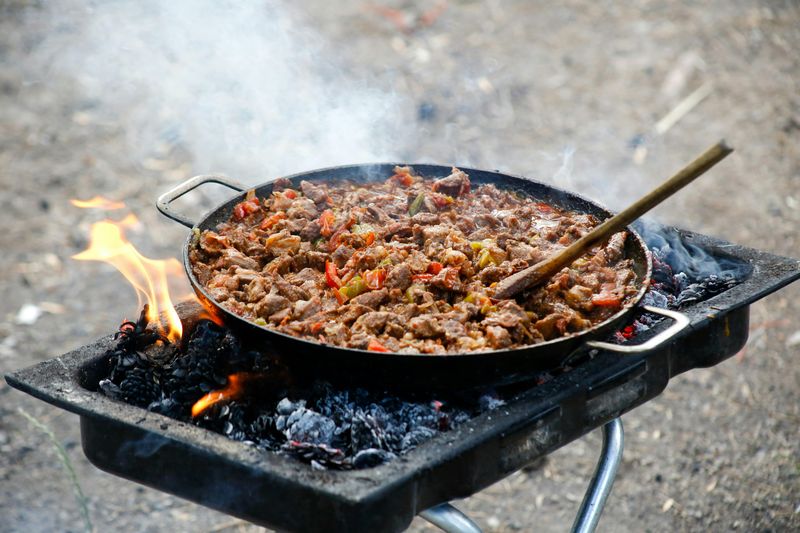
An inch or two might not seem like much, but it dramatically changes how your recipe bakes. A smaller pan means thicker batter that takes longer to cook; a larger one spreads things thin and dries them out.
Stick to the pan size specified in your recipe, or be ready to adjust baking times significantly. Your recipe was tested with specific dimensions for good reason.
11. Forgetting To Grease The Pan

Picture this: your cake bakes beautifully, smells amazing, and then refuses to budge from the pan, leaving you with crumbled disaster. Heartbreaking doesn’t even cover it.
Take thirty seconds to grease and flour your pans properly, or use parchment paper. Your future self will thank you when your gorgeous creation slides out perfectly intact and Instagram-ready.
12. Not Leveling Dry Ingredients

That heaping cup of flour might look generous, but it’s actually sabotaging your recipe with way too much of a good thing. Unlevel measurements throw off the entire ingredient balance.
After filling your measuring cup, run a straight edge across the top to remove excess. This simple move ensures you’re using exactly what the recipe intended, not a random amount.
13. Misreading The Recipe

One teaspoon versus one tablespoon – a tiny reading mistake creates massive problems. Accidentally adding salt instead of sugar or doubling the baking powder turns your treat into a science experiment gone wrong.
Read through your entire recipe before starting, not while you’re elbow-deep in batter. Circle or highlight important measurements and steps to avoid costly mistakes that waste ingredients.
14. Mixing Wet And Dry Ingredients Too Early
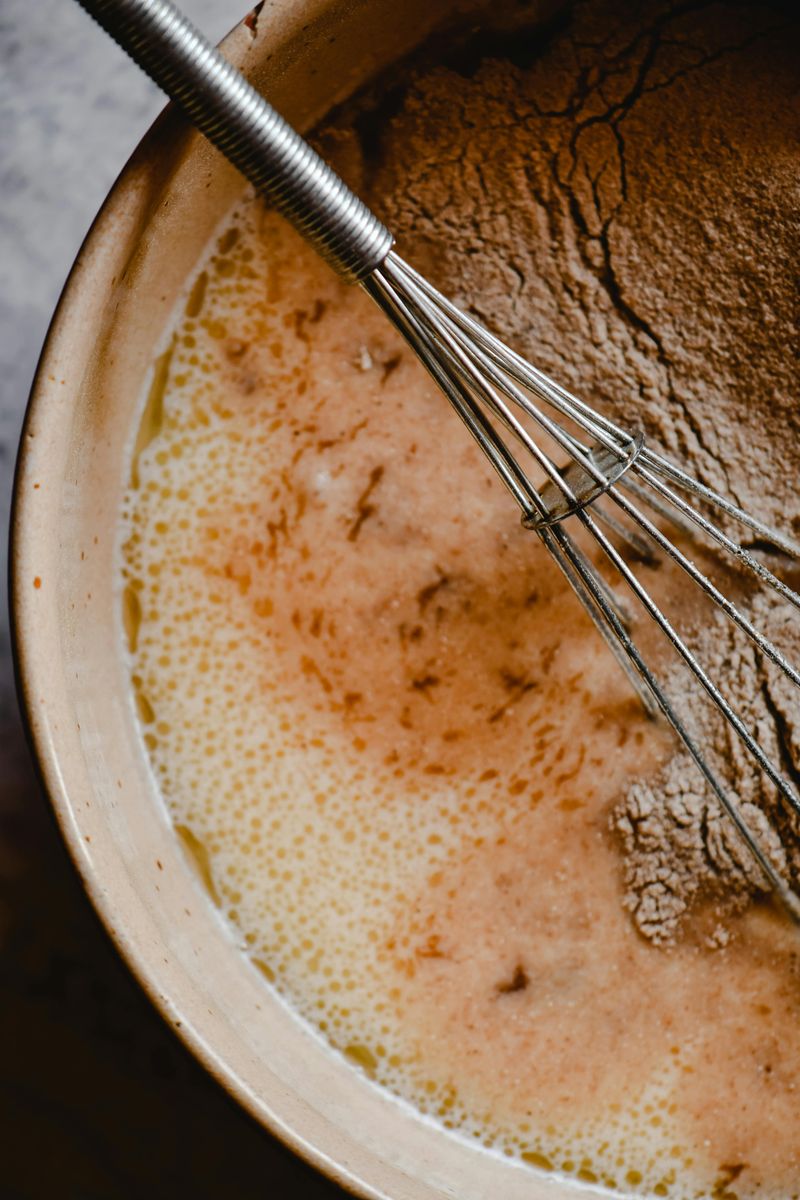
Combining everything at once might save a bowl, but it creates uneven mixing and activates gluten too soon. Your batter needs structure and timing to develop properly.
Keep wet and dry ingredients separate until the recipe tells you to combine them. This method ensures even distribution and prevents overmixing, giving you that perfect, tender crumb everyone loves.
15. Cooling Baked Goods Improperly
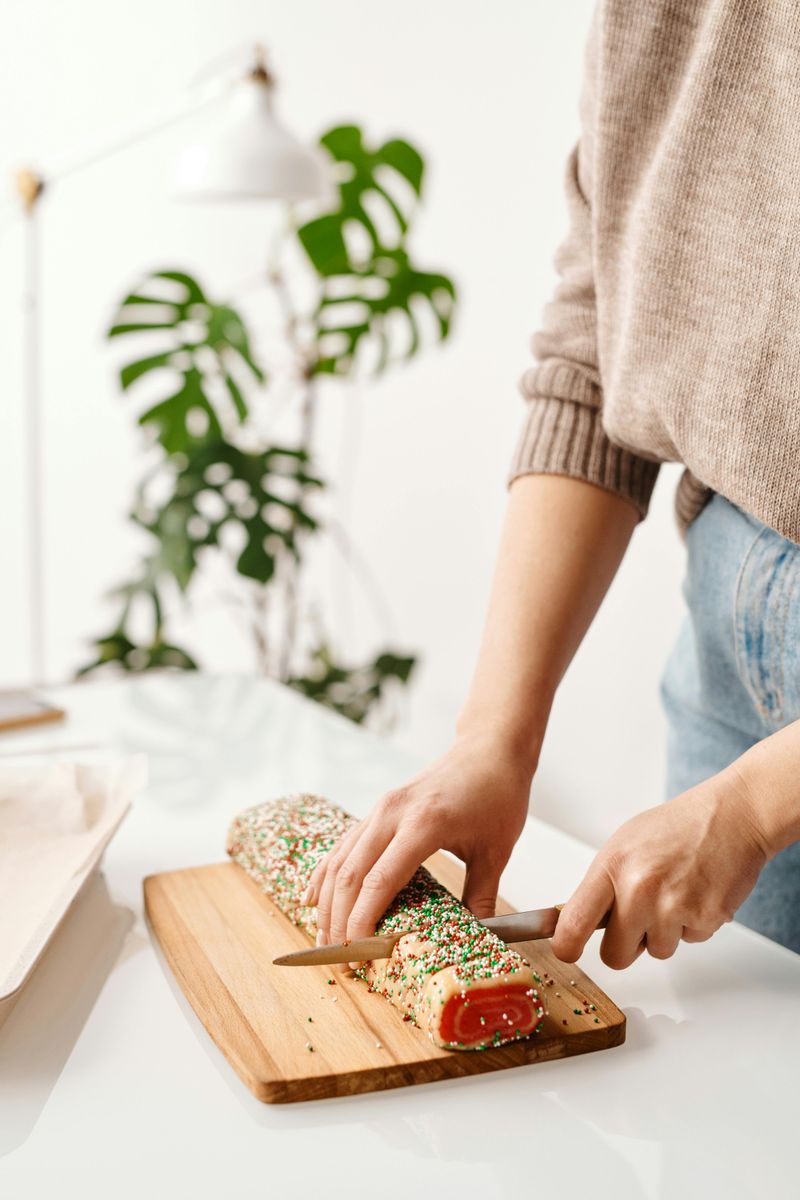
Leaving your cake in the hot pan seems harmless, but trapped steam makes the bottom soggy while edges get tough. Cutting into warm cookies turns them into crumbly messes.
Transfer baked goods to a wire rack after a few minutes to let air circulate all around. Patience is tough when everything smells incredible, but proper cooling preserves perfect texture.
16. Using Melted Butter Instead Of Softened
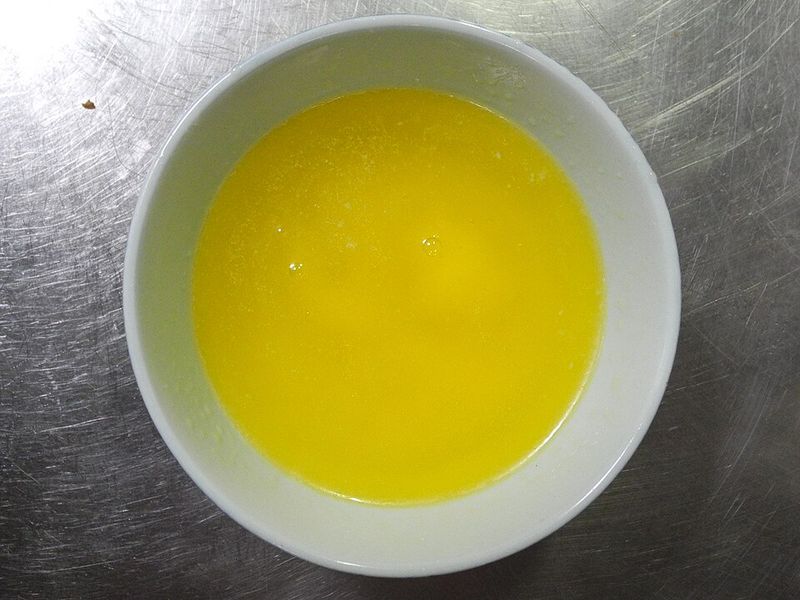
Melted and softened butter aren’t interchangeable twins – they create completely different textures. Melted butter makes dense, chewy cookies; softened butter whips air into batters for light, fluffy results.
Softened butter should indent easily but still hold its shape, like a memory foam mattress. If your recipe wants it softened, don’t take shortcuts by melting it completely.
17. Not Allowing Batter To Rest When Needed
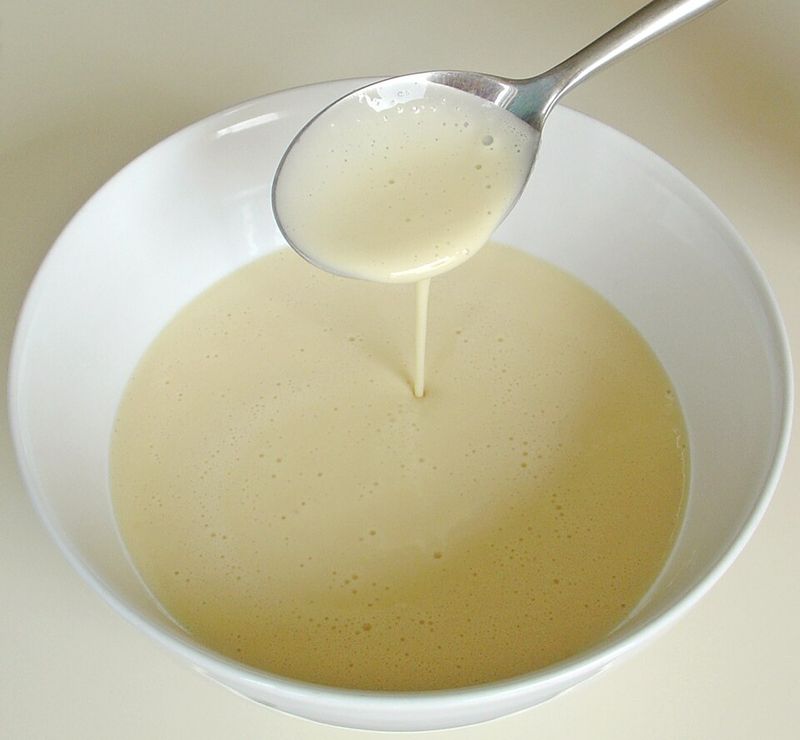
Some batters, like those for pancakes, waffles, or certain cakes, need time to chill and let flour fully hydrate. Skipping this rest period creates tough, rubbery textures instead of tender deliciousness.
When a recipe calls for resting, honor it – this isn’t optional. Those minutes allow gluten to relax and flavors to develop, transforming your batter from good to absolutely spectacular.

